Polynesians
in America
Polynesians
in America
Pre-Columbian Contacts
with the New World
Edited by
Terry L. Jones, Alice A. Storey,
Elizabeth A. Matisoo-Smith, and
Jos Miguel Ramrez-Aliaga

AltaMira Press
A Division of Rowman & Littlefield Publishers, Inc.
Lanham New York Toronto Plymouth, UK
Published by AltaMira Press
A division of Rowman & Littlefield Publishers, Inc.
Rowman & Littlefield Publishers, Inc.
A wholly owned subsidiary of The Rowman & Littlefield Publishing Group, Inc.
4501 Forbes Boulevard, Suite 200, Lanham, Maryland 20706
http://www.altamirapress.com
Estover Road, Plymouth PL6 7PY, United Kingdom
Copyright 2011 by AltaMira Press
All rights reserved . No part of this book may be reproduced in any form or by any
electronic or mechanical means, including information storage and retrieval systems,
without written permission from the publisher, except by a reviewer who may quote
passages in a review.
British Library Cataloguing in Publication Information Available
Library of Congress Cataloging-in-Publication Data
Polynesians in America : pre-Columbian contacts with the New World / edited by Terry L. Jones ... [et al.].
p. cm.
Includes bibliographical references and index.
ISBN 978-0-7591-2004-4 (cloth : alk. paper) ISBN 978-0-7591-2006-8 (electronic)
1. AmericaDiscovery and explorationPolynesian. 2. America--Discovery and explorationPre-Columbian. 3. PolynesiansAmericaHistoryTo 1500. 4. PolynesiansAmericaAntiquities. 5. AmericaAntiquities. I. Jones, Terry L.
E109.P65P66 2010
970.01dc22
2010042149
 The paper used in this publication meets the minimum requirements of American
The paper used in this publication meets the minimum requirements of American
National Standard for Information SciencesPermanence of Paper for Printed Library
Materials, ANSI/NISO Z39.48-1992.
Printed in the United States of America
Dedicated to the memory of Roger C. Green
(19322009)
Roger C. Green, archaeologist and historical anthropologist, was professor emeritus in the Department of Anthropology at the University of Auckland from his retirement from the same department in 1992 until his death in October 2009. Roger was the senior scholar and mentor to many in the field of Pacific prehistory, and his research and publications provided the empirical and theoretical foundations for the field today. He undertook research throughout the Pacific, including New Guinea, the Solomon Islands, Samoa, French Polynesia, Hawaii, New Zealand, and Easter Island. Author of more than three hundred papers, his book with Pat Kirch, Hawaiki, Ancestral Polynesia (Kirch and Green 2001), was a seminal demonstration of the integrative approach to anthropology he practiced. He was a fellow of the Royal Society of New Zealand, member of the National Academy of Sciences, and in 2007 was made an Officer of the New Zealand Order of Merit for his contribution to New Zealand history. Roger will continue to influence Pacific anthropology for many years with numerous posthumous publications still being produced.
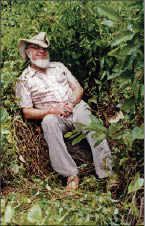
I n the history of science there have been many occasions when scholars working independently in different fields and from different nationalities have simultaneously turned their attention to the same intellectual questionsoften unbeknownst to one another. Such intellectual convergence seems to occur when scholarly momentum builds up to the point where once-new, fresh theories seem old and ineffective, and old disfavored ideas become worthy of reconsideration. On some level, this book can be seen as the result of such processes. Early in the new millennium a number of scholars in different geographic areas began to reconsider what had become a forgotten topic in mainstream western academia: pre-Columbian transoceanic diffusionin particular, the possibility that Polynesian seafarers reached American shores before 1492. Seemingly unbeknownst to each other, groups of scholars in five different parts of the world started re-examining various lines of evidence for Polynesian contacts, re-opening a debate that had raged for much of the 19th and early 20th centuries. In some cases, these scholars were not actually aware of the full history and scope of this debate, inasmuch as it had disappeared from mainstream academic agendas nearly three decades earlier.
Of course, science often gains momentum from key discoveries, and two from the 1990s ultimately helped fuel the research presented in this volume: the recovery of pre-Columbian sweet potato ( Ipomoea batatas ) remains from Mangaia Island in Polynesia (Hather and Kirch 1991) and the results of simulation (Irwin 1992) and experimental seafaring (Finney 1994a, 1994b, 1994c) studies from the Pacific. The former demonstrated that a New World domesticate had been conveyed into Polynesia by as early as cal A.D. 1000, while the latter showed that Polynesians had implemented a sophisticated and intentional program of exploratory seafaring during the prehistoric era that had strong potential to result in American landfalls. Following those discoveries, a series of events in the 2000s helped this issue gain further intellectual traction. In 2002 Lino Contreras and Daniel Quirz recovered chicken bones from the prehistoric El Arenal site in Chile; in 2005 Jos Miguel Ramrez-Aliaga obtained a grant from Universidad de Valparaiso to look for pre-Spanish chicken bones from well-controlled excavations in the Mapuche region of Chile; at the same time findings from the El Arenal site were published (Contreras et al. 2005) and Ramrez-Aliaga initiated a collaboration with Quirz to study the Chilean chicken bones further; he subsequently made contact with mtDNA specialist Elizabeth Matisoo-Smith at the Sixth International Conference on Easter Island and the Pacific in Chile. This collaboration led to the seminal publication on the Chilean chicken bones by Storey et al. (2007) as well as papers by Ramrez-Aliaga and Matisoo-Smith on physical anthropological (Matisoo-Smith and Ramrez 2010) and material (Ramrez-Aliaga and Matisoo-Smith 2008) evidence from Chile.
Meanwhile, independently in California, archaeologist Terry Jones started working with linguist Kathryn Klar on the possibility of Polynesian contact among the Chumash; they eventually published two papers on the subject in 2005. In 2007, early versions of a number of the current papers were presented at the Seventh International Conference on Easter Island and the Pacific in Sweden (organized by Jos Miguel Ramrez-Aliaga) which brought together many of the Chilean, American, and New Zealand researchers whose work is included here. Still other research was launched in the early 2000s on the sweet potato and other domesticates; Andrew Clarke initiated DNA studies, while a whole volume of new sweet potato research was published in 2005 by Chris Ballard et al. Among the many insightful papers in that volume was one by Richard Scaglion describing new linguistic findings from the Gulf of Guayaquil. Scaglions subsequent collaboration with Ecuadorian archaeologist Mara-Auxiliadora Cordero resulted in a publication in 2007 on a possible Polynesian contact in the Gulf area.
At the same time that this flurry of research on Polynesian contacts was being completed, a major debate broke out among other Pacific specialists on the chronology of human settlement (e.g., Flenley and Butler 2007; Hunt and Lipo 2006, 2007; Kirch 2007:11). This contentious issue would ultimately become entangled with cases being made for Polynesian landfalls since the new theories for contact were based on certain chronological parameters.



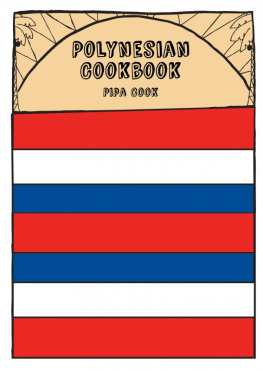
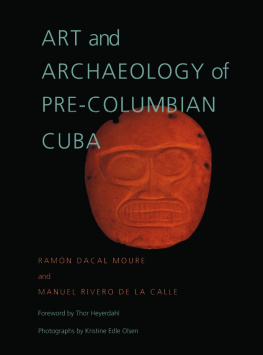
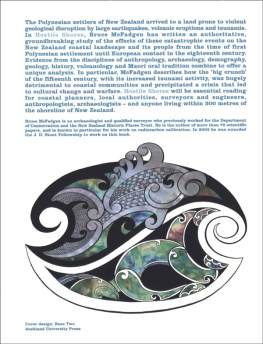

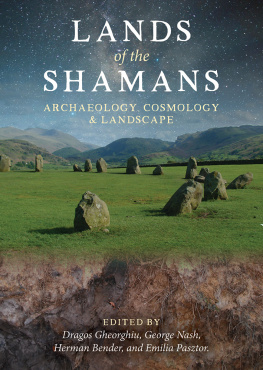


 The paper used in this publication meets the minimum requirements of American
The paper used in this publication meets the minimum requirements of American